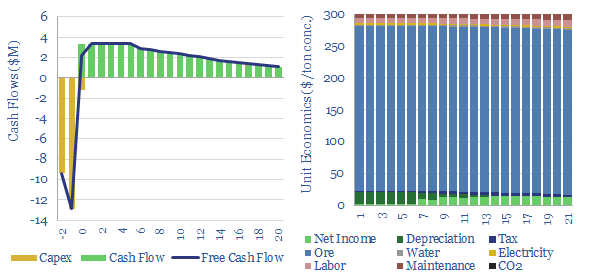Search results for: “climate model”
-
Formaldehyde production: the economics?
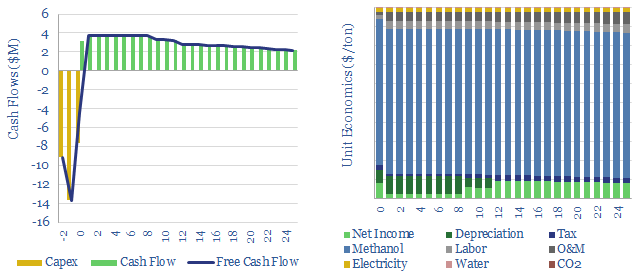
Formaldehyde producton costs are captured in this data-file, covering one of the ‘top 50’ commodity chemicals intermediates (MDF, wind turbine blades, disinfectants). Marginal cost is $500/ton, a direct linear function of gas prices. Embedded CO2 is 0.75 tons/ton, of which 90% is from methanol inputs.
-
Sulphur recovery units: Claus process economics?
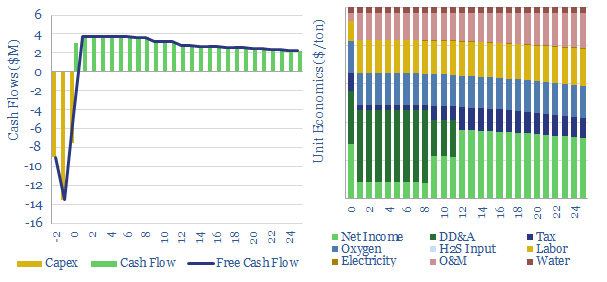
This data-file captures the economics of producing sulphur from H2S via the Claus process, yielding an important input for phosphate fertilizers and metals. Cash costs are $40-60/ton and marginal costs are $100/ton. CO2 intensity is low at 0.1 tons/ton. Data-file explores shortages in energy transition?
-
European shale: an overview?
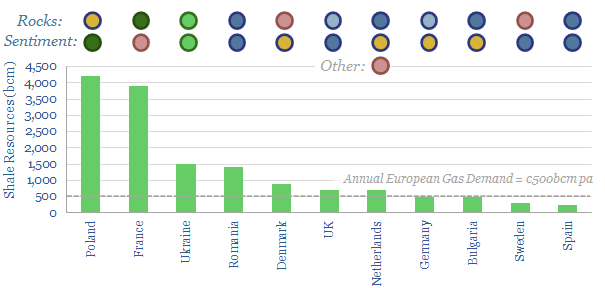
Europe has 15 TCM of technically recoverable shale gas resources. This data-file aims to provide a helpful overview, as we expect exploration to re-accelerate. Ukraine has the best shale in Europe, which may even be a motivation for Russian aggression. Other countries with good potential, held back only by sentiment are Romania, Germany, UK, Bulgaria…
-
Palm oil: what CO2 intensity?
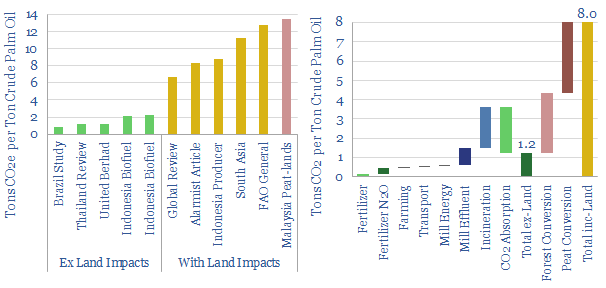
Global palm oil production runs at 80MTpa, for food, HPC and bio-fuels. Carbon intensity is 1.2 tons CO2e per ton of crude palm oil, excluding land use impacts, and 8.0 tons/ton on a global basis including land use impacts. This means once a bio-fuel has more than c35% palm oil in its feedstock, it is…
-
Albemarle: lithium, bromine, catalyst improvements?
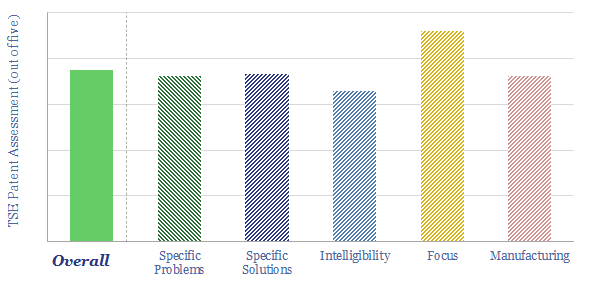
Albemarle is a specialty chemicals company. Our patent screen de-risks incremental improvements in novel fire-proofing bromine compositions, further and better lithium pathways, and longer-lasting catalysts for cleaner fuels. Overall we think 70% of the patents are for technologies that will advance the energy transition in some way.
-
Cyanide production: the economics?
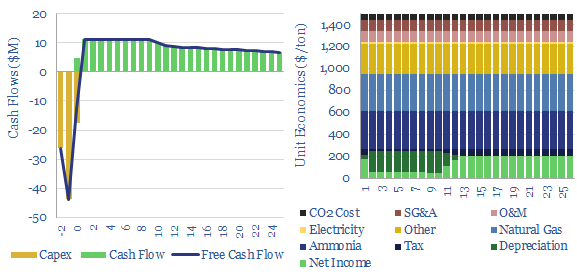
Hydrogen cyanide is a chemical intermediate, used for making perspex, nylon-6,6 and sodium cyanide, which in turn is a crucial chemical for extracting gold and silver from precious metal ores. Marginal costs are usually $1,500-1,650/ton and CO2 intensities are 2-3 tons/ton.
-
Heating-melting: how much energy is needed?
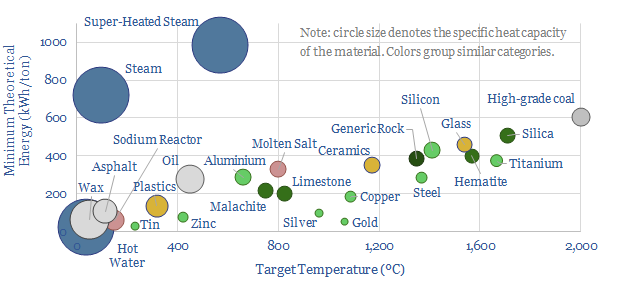
How do we quantify the minimum energy needed to heat materials and melt materials? This data-file calculates values, in kWh/ton, from first principles, based on target temperatures, specific heat capacities and latent heat capacities. A good rule of thumb is 25 kWh of useful energy to heat each ton of material by each 100ºC.
-
Agilyx: plastic recycling breakthrough?
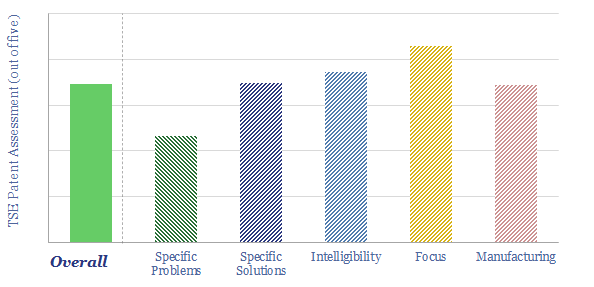
This data-file is a review of Agilyx’s plastic recycling technology, after assessing the company’s patents on our usual framework. We conclude that Agilyx has developed a novel and data-driven process, to remove challenging contaminants from feedstocks. Although it may involve higher complexity, higher reagent opex, and some challenges cannot entirely be de-risked from the patents.
-
Energy costs of energy transition?
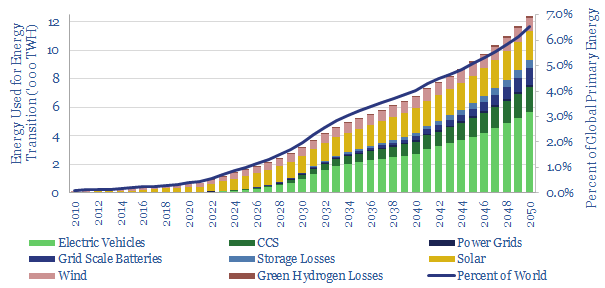
Reaching net zero requires building wind, solar, grid infrastructure, energy storage, EVs and capturing CO2. Thus the total energy costs of energy transition reach 1% of total global primary energy in 2025, 2% in 2030, 4% in 2040 and 6.5% in 2050. Energy transition is materially easier to achieve from a period of energy surplus.
Content by Category
- Batteries (89)
- Biofuels (44)
- Carbon Intensity (49)
- CCS (63)
- CO2 Removals (9)
- Coal (38)
- Company Diligence (94)
- Data Models (838)
- Decarbonization (160)
- Demand (110)
- Digital (59)
- Downstream (44)
- Economic Model (204)
- Energy Efficiency (75)
- Hydrogen (63)
- Industry Data (279)
- LNG (48)
- Materials (82)
- Metals (80)
- Midstream (43)
- Natural Gas (148)
- Nature (76)
- Nuclear (23)
- Oil (164)
- Patents (38)
- Plastics (44)
- Power Grids (130)
- Renewables (149)
- Screen (117)
- Semiconductors (32)
- Shale (51)
- Solar (68)
- Supply-Demand (45)
- Vehicles (90)
- Wind (44)
- Written Research (354)
